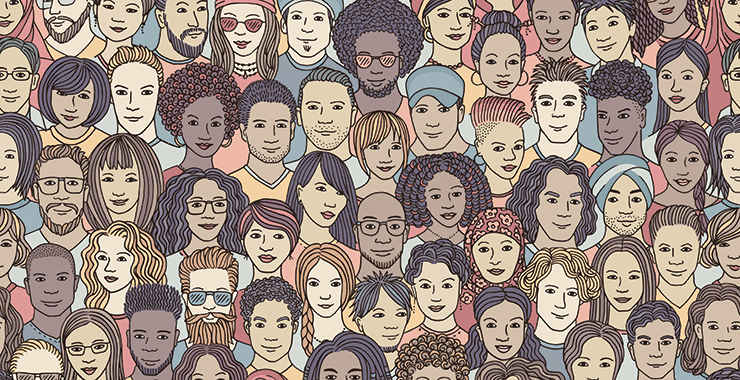 |
| credit: apa.org |
Race as a Social Construction
The reasons for doubting the biological basis for
racial categories imply that race is a social category
rather than a biological one. Another way to put it is
that race is a social construction, a concept that has
no objective reality but is defined by
people. According to this viewpoint, race has no real
existence other than what and how people perceive
it. Historical examples of attempts to classify people
into racial categories highlight the social
constructionism of race.
During the time of slavery in the South, the skin tone
of slaves lightened over time as babies were born
from the union, often through rape, of slave owners
and other whites with slaves. Many court battles
over people's racial identity occurred as it became
difficult to tell who was "black" and who was not. In
order to avoid enslavement or other problems,
people accused of having black ancestry would go to
court to prove they were white. Although race is a
social construct, it is also true, as stated in an earlier
chapter, that things perceived as real have real
consequences. Because people perceive race to be
real, it has real ramifications. Despite the fact that so
little of DNA accounts for the physical differences
associated with racial differences, this small amount
leads us not only to classify people into different
races, but also to treat them differently; and, more
importantly, unequally, based on their classification.
Comments
Post a Comment